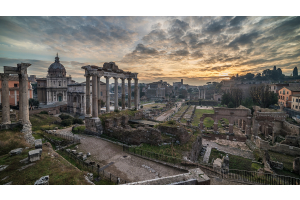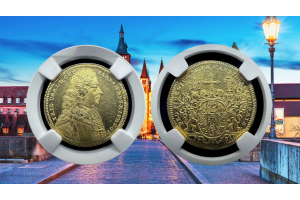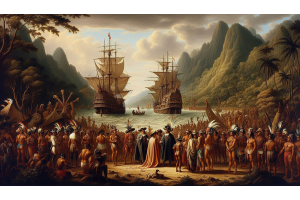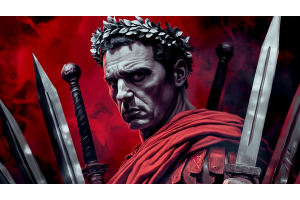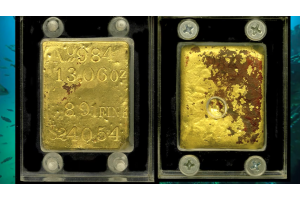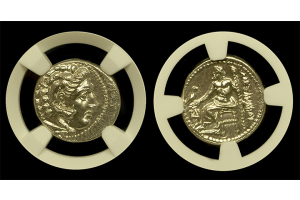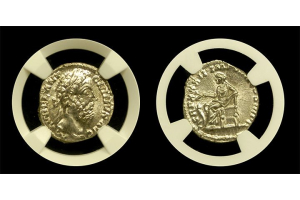HANNIBAL’S ROUTE ACROSS THE ALPS
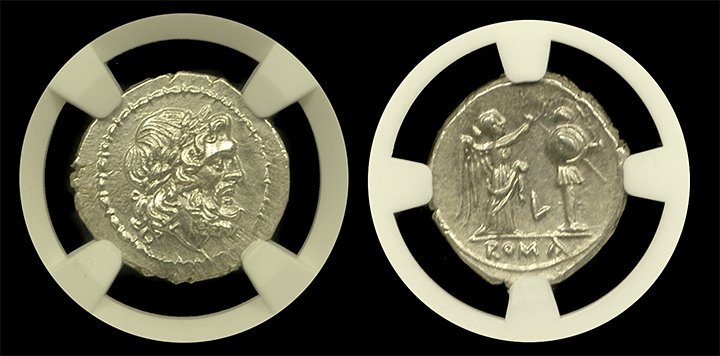
Rome and Carthage engaged in three Punic wars. Punic, a late variety of Phoenician, is a language that is used to refer to Carthage or the Carthaginians. Hannibal's route across the alps during the second Punic war is probably the most remembered. But, for a long time, these two major powers in the western Mediterranean fought for supremacy. In fact, huge losses on both sides occurred.
The Mediterranean island of Sicily and its surrounding waters served as the primary theater of the First Punic War, which took place over a 23-year period (264–241 BC). Meanwhile, they also fought in North Africa. After such a prolonged struggle the first Punic war ended in a loss for Carthage. However, Carthaginians were still itching to fight the Romans. Carthage suffered extensive economic losses in Sicily. They, therefore, had to come up with a plan to strengthen its faltering economy.
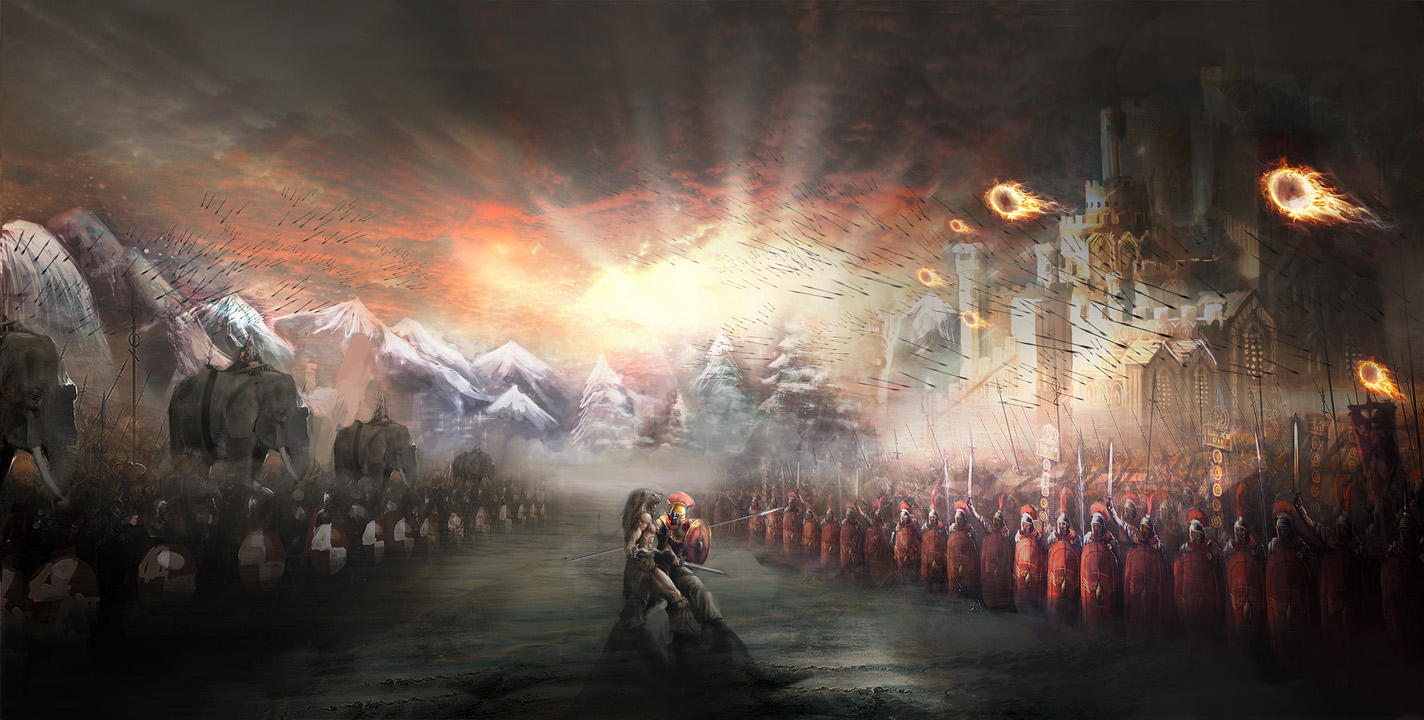
The Second Punic War
In early 218 BC Rome made the official declaration. Carthage quickly increased its territory in Iberia, where it was in 219 BC. Soon after, Saguntum, a pro-Roman city, was vanquished by the Carthaginian army led by the legendary Hannibal. Thus, began the Second Punic War. In early 218 BC Rome made the official declaration.
Hannibal knew that Rome commanded naval superiority. Consequently, he caught the Romans off guard by marching his army over the Alps into Northern Italy. This famous strategic move is regarded in history as one of the greatest. In fact, Hannibal is recognized as one of history's top military leaders.
Hannibal had handed the Romans one of their greatest defeats ever. The Roman troops were encircled and easily crushed. Hannibal's route across the alps happened on August 3rd, 216 BC. At that moment, the future of the Roman Empire seemed in mortal peril. 500 deaths per minute were occurring among the 48,000 Romans and allies. The Romans had no choice but to withdraw and relinquish control of northern Italy. Hannibal had handed the Romans one of their greatest defeats ever. The Roman soldiers were surrounded and quickly destroyed.
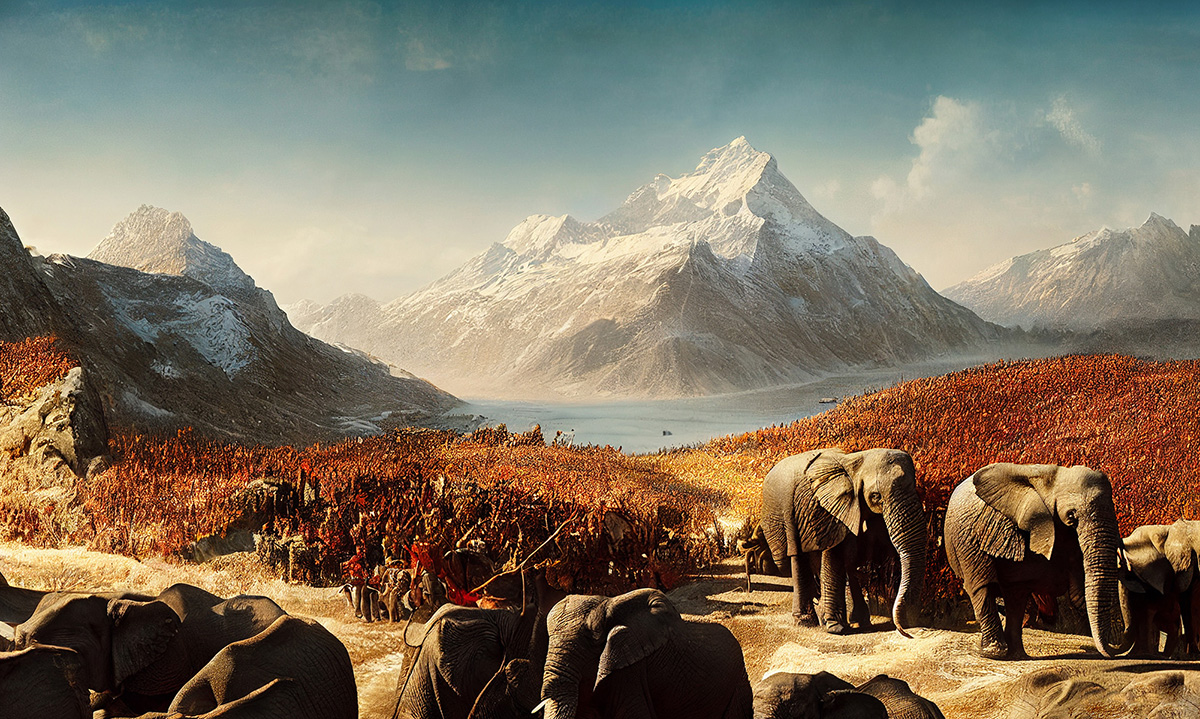
By 211 BC, Rome resurfaced with more men and stronger armies. The tide was turning back in the Romans's favor. Essentially, the Roman state had been bankrupt for most of the war. However, they still managed to force the Carthaginians to flee north. This was because the Carthaginian army lacked the men and supplies they needed.
The Silver Victoriatus
During the Second Punic War, the Romans issued a variety of coins. This included a silver "Victoriatus." The name is derived from its design on the reverse. It shows a winged Victory crowning a military trophy comprised of captured armor and weapons. The obverse displays the artistic head of the chief Roman god Jupiter.
This silver Victoriatus was issued sometime between 211 and 208 BC just as the tide of the war was turning in Rome's favor. It was also believed that these coins were struck only because the Romans had recently captured the Greek city of Syracuse. This was in 212 or 211 BC and they also sacked Hannibal's stronghold of Capua in 211 BC.





